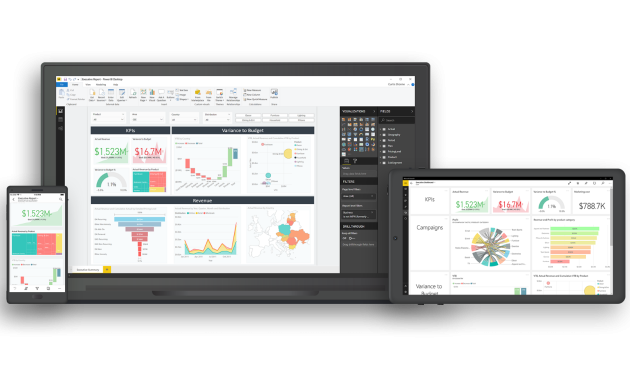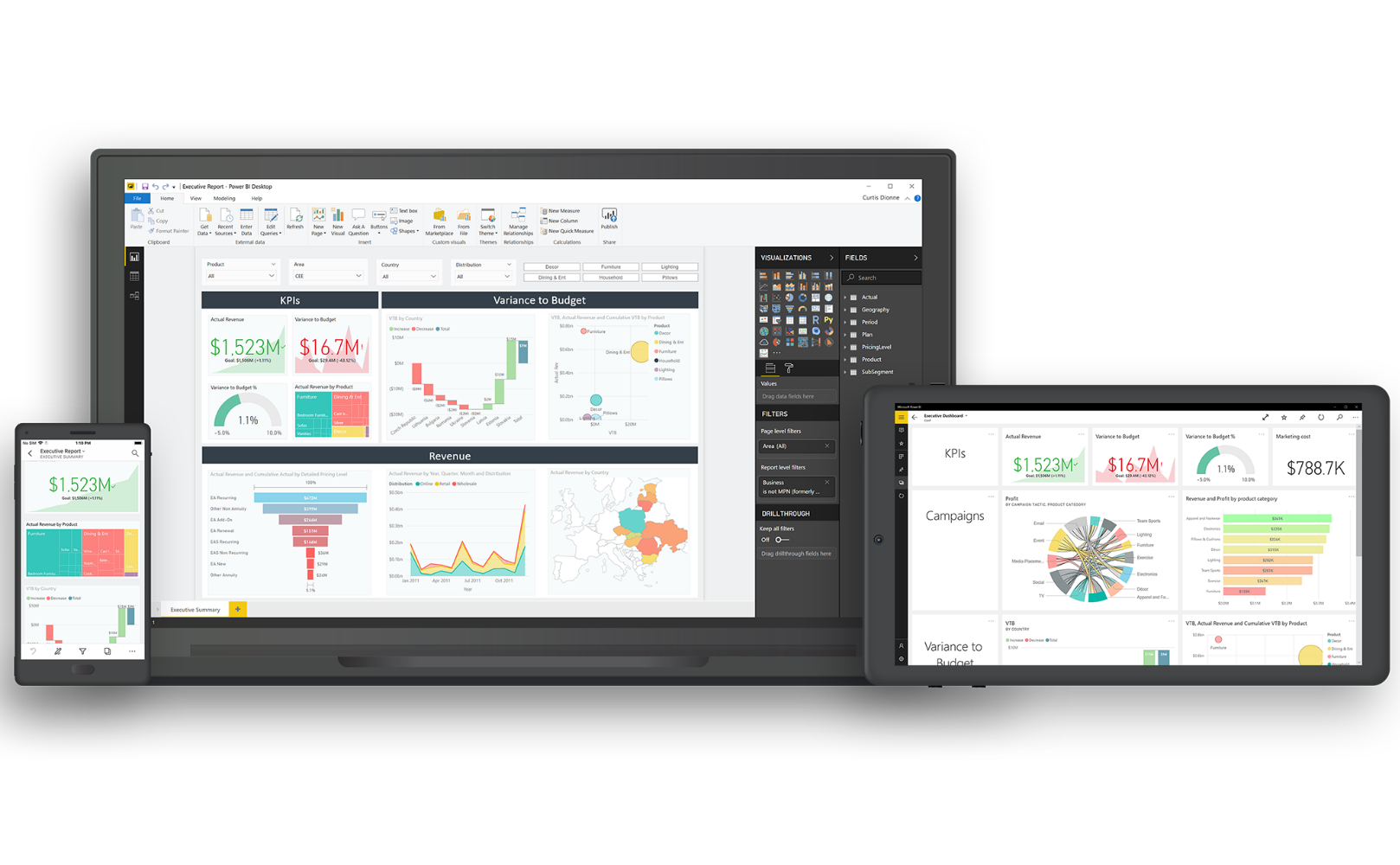
How to Turn Data into Profit with Business Intelligence Software: A Strategic Guide
In today’s data-driven world, businesses are swimming in information. The challenge isn’t just collecting data, but understanding it. The true value lies in transforming raw data into actionable insights. This is where Business Intelligence (BI) software steps in. It empowers organizations to unlock the potential of their data. This guide explores how to turn data into profit with business intelligence software. We’ll cover its capabilities, benefits, and implementation strategies. This will help you make informed decisions and drive growth.
Understanding the Power of Business Intelligence
Business Intelligence software acts as a central hub for data analysis. It gathers, processes, and analyzes data from various sources. This includes sales figures, customer behavior, and market trends. The goal is to provide a clear, comprehensive view of business performance. This allows for better decision-making. These tools help businesses move beyond gut feelings. They provide data-backed insights to guide strategic choices.
Key Features of Effective BI Software
Successful BI software solutions offer a range of features. These features are essential for effective data analysis. Here are some critical components:
- Data Integration: The ability to connect to various data sources is crucial. This includes databases, spreadsheets, and cloud applications.
- Data Visualization: Visual representations make data easier to understand. Charts, graphs, and dashboards help to identify patterns and trends.
- Reporting and Analysis: This feature allows users to generate reports and perform in-depth analysis. This helps uncover critical business insights.
- Data Mining: Advanced BI tools include data mining capabilities. This allows for discovering hidden patterns and relationships within large datasets.
- Predictive Analytics: Using historical data to forecast future trends. This helps businesses plan and adapt proactively.
The Benefits of Implementing BI Software
Investing in Business Intelligence software offers numerous benefits. These benefits directly impact profitability and efficiency. Let’s delve into some of the most significant advantages:
- Improved Decision-Making: Data-driven insights empower better decisions. This leads to more effective strategies and outcomes. BI software provides the information needed to make informed choices.
- Increased Efficiency: Automating data analysis reduces manual effort. This allows employees to focus on more strategic tasks. BI streamlines processes, saving time and resources.
- Enhanced Customer Understanding: Analyzing customer data reveals valuable insights. This helps businesses tailor products, services, and marketing efforts. This leads to increased customer satisfaction and loyalty.
- Competitive Advantage: Businesses that leverage BI gain a competitive edge. They can quickly adapt to market changes and identify new opportunities. This allows for proactive decision-making.
- Cost Reduction: Identifying inefficiencies and optimizing processes leads to cost savings. BI helps businesses make smarter investments. This maximizes returns and reduces waste.
Turning Data into Actionable Insights
The true value of Business Intelligence lies in actionable insights. This means translating raw data into understandable information. This information supports strategic decisions. Here’s how to turn data into actionable insights:
- Define Business Objectives: Clearly outline the goals the business wants to achieve. This helps focus data analysis.
- Identify Key Performance Indicators (KPIs): Select metrics that measure progress toward goals. These KPIs provide a framework for analysis.
- Gather and Integrate Data: Collect data from all relevant sources. Ensure the data is clean, accurate, and properly integrated.
- Analyze Data: Use BI tools to analyze data and identify trends and patterns. This reveals valuable insights.
- Visualize Data: Create clear and concise visualizations. These make the data easy to understand.
- Communicate Findings: Share insights with stakeholders. This facilitates informed decision-making.
- Take Action: Use insights to make strategic decisions and implement changes. This drives business growth.
- Monitor and Refine: Continuously monitor the impact of actions. Refine strategies based on new data.
Choosing the Right BI Software
Selecting the right BI software is crucial for success. Many options are available. Consider the following factors:
- Scalability: Choose a tool that can handle growing data volumes. Ensure it meets future needs.
- Ease of Use: The software should be user-friendly. It should allow easy data analysis and reporting.
- Integration Capabilities: The tool must integrate with existing systems. This includes databases and applications.
- Reporting and Visualization: Look for robust reporting and visualization features. This enables effective data communication.
- Cost: Consider the total cost of ownership. Evaluate licensing fees, implementation costs, and ongoing maintenance.
- Support and Training: Ensure the vendor provides adequate support and training. This helps users maximize the tool’s potential.
Implementing BI Software: A Step-by-Step Guide
Implementing BI software requires a structured approach. This ensures a smooth transition and maximizes benefits. Follow these steps:
- Assess Needs: Evaluate current data challenges and business objectives. This helps define requirements.
- Select Software: Choose the BI software that best fits needs. Consider the factors mentioned above.
- Plan Implementation: Develop a detailed implementation plan. This includes timelines and resources.
- Prepare Data: Clean and prepare data for analysis. This ensures data accuracy.
- Implement and Configure: Install and configure the software. This integrates it with data sources.
- Train Users: Provide training to employees. This ensures they can use the software effectively.
- Test and Validate: Test the software to ensure it functions correctly. Validate the results.
- Deploy and Monitor: Deploy the software across the organization. Monitor its performance.
- Iterate and Improve: Continuously refine and improve the BI implementation. This maximizes its value.
Real-World Examples of BI Success
Many companies have successfully used BI software. They have turned data into profit. Here are a few examples:
- Retail: Retailers use BI to analyze sales data. They optimize inventory and personalize marketing campaigns. This leads to increased sales and customer satisfaction.
- Healthcare: Hospitals use BI to analyze patient data. They improve patient care and optimize resource allocation. This leads to better outcomes and cost savings.
- Manufacturing: Manufacturers use BI to monitor production processes. They identify inefficiencies and reduce waste. This leads to increased productivity and profitability.
- Finance: Financial institutions use BI to analyze financial data. They detect fraud and manage risk. This leads to improved security and compliance.
These examples demonstrate the versatility of Business Intelligence software. It provides valuable insights across industries.
Overcoming Challenges in BI Implementation
Implementing BI software can present challenges. Being aware of these challenges allows for proactive solutions. Here are some common issues and strategies:
- Data Quality: Poor data quality can undermine analysis. Implement data cleaning and validation processes.
- User Adoption: Resistance to change can hinder adoption. Provide training and demonstrate the value of BI.
- Integration Issues: Integrating data from disparate sources can be complex. Choose a tool with robust integration capabilities.
- Security Concerns: Protecting sensitive data is crucial. Implement strong security measures.
- Lack of Skills: The need for skilled data analysts can pose a problem. Invest in training or hire experienced professionals.
Addressing these challenges is essential. This ensures successful BI implementation. It enables data-driven decision-making.
The Future of Business Intelligence
The future of Business Intelligence is promising. Advancements in technology are constantly evolving. These advancements offer new opportunities for data analysis. Here are some emerging trends:
- Artificial Intelligence (AI) and Machine Learning (ML): AI and ML are being integrated into BI. This automates analysis and provides advanced insights.
- Cloud-Based BI: Cloud-based BI solutions are becoming increasingly popular. They offer scalability and accessibility.
- Data Democratization: Making data accessible to all users is a growing trend. This empowers more employees.
- Self-Service BI: Self-service BI tools give users more control. They allow them to conduct their own analyses.
- Big Data Analytics: Handling and analyzing big data is becoming more important. This provides deeper insights.
These trends will shape the future of Business Intelligence. They will empower organizations to turn data into profit. They will drive innovation and growth.
Conclusion: Harnessing the Power of Data
Turning data into profit with Business Intelligence software is a strategic imperative. It requires the right tools, processes, and expertise. By implementing BI effectively, businesses can unlock valuable insights. This helps them make better decisions. This leads to increased efficiency and profitability. Embrace the power of data. Transform your business. [See also: Related Article Titles]
By understanding the capabilities of BI software, organizations can successfully navigate the data landscape. This guide provides a comprehensive overview. It offers actionable strategies for leveraging data. This helps to drive business success.
Remember, the journey to profit through data starts with informed decisions. Start today.

